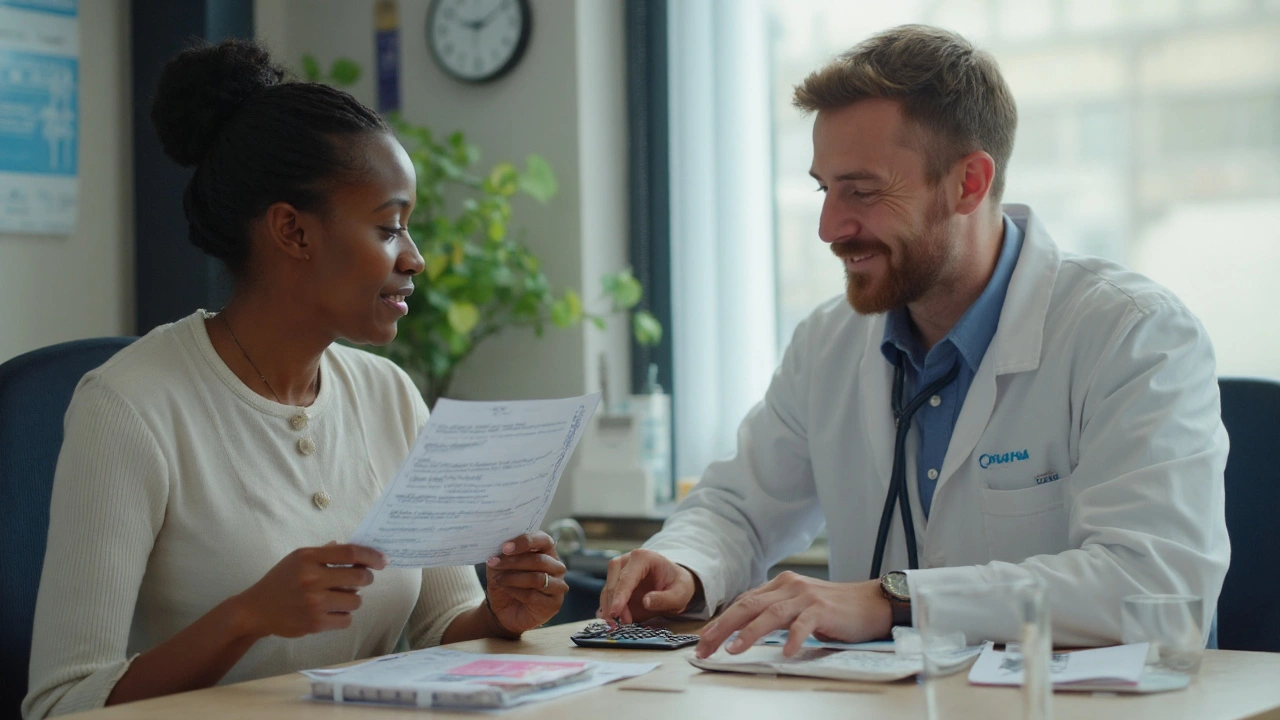Everything you need to know about NHS prescriptions
Got a prescription from your GP and wondering what comes next? You’re not alone. NHS prescriptions are the bridge between your doctor’s advice and the medicine you actually take. In this guide we’ll break down how to collect, read and use them safely, without any jargon.
How to get your NHS prescription
First off, you’ll need a valid prescription form – either a paper slip or an electronic request (the EPS). If you’re at the GP’s office, they’ll usually give you the paper or send it straight to your chosen pharmacy. For most people, the easiest route is the paper slip; just hand it to the pharmacist and they’ll sort it out. If you prefer shopping online, many pharmacies now accept electronic prescriptions through their apps.
Decoding the prescription label
Pharmacists are pros at reading the doctor’s handwriting, but it helps if you can spot the key details yourself. Look for the medication name, strength (like 10 mg), dosage instructions and the number of repeats allowed. The “directions for use” line tells you when and how often to take it – for example, “once a day after meals”. If anything looks odd or you can’t understand it, ask the pharmacist right there. A quick question can prevent a big mistake.
Another important part is the “special warnings” section. This may flag things like “do not drive” or “avoid alcohol”. Treat those warnings seriously; they’re based on real risks for that drug.
Staying safe with your medication
Drug interactions are more common than you think. If you’re already on other meds, bring a list to the pharmacy. The pharmacist will check whether the new prescription could clash with anything you’re taking – even over‑the‑counter painkillers or herbal supplements. Simple steps like taking one drug with food and another on an empty stomach can make a huge difference.
Don’t forget about side‑effects. A short note in the leaflet will list the most common ones, but you don’t have to read the whole paper. Focus on the big red flags: rash, swelling, breathing trouble, or a sudden change in mood. If any of these show up, call your doctor or head to urgent care.
What to do with repeats and unused meds
Most NHS prescriptions come with a set number of repeats – usually two or three. Keep track of them in a phone note or a small notebook. When you’re down to the last repeat, schedule a quick chat with your GP to see if you still need the medicine.
If you have leftover pills after a course ends, don’t just toss them in the bin. Many pharmacies run a take‑back scheme for safe disposal. It protects the environment and keeps medicines out of the wrong hands.
Quick FAQ
Can I get a prescription for a medication that’s not on the NHS list? In most cases the NHS only covers approved drugs. Your doctor can still prescribe off‑label, but you might need to pay a part of the cost.
What if I miss a dose? Take it as soon as you remember, unless it’s almost time for the next one. In that case, skip the missed dose – never double up.
Understanding NHS prescriptions doesn’t have to be a headache. By knowing where to collect them, how to read the label, and the basics of safety, you stay in control of your health. Keep this guide handy, ask questions at the pharmacy, and you’ll handle your meds like a pro.

How to Talk to Your Doctor and Pharmacist About Meds: Practical UK Guide
Caleb Drummond Sep 11 0A no-nonsense UK guide to talking with your doctor and pharmacist about meds-what to ask, how to prepare, scripts, checklists, and who to call when.
More Detail